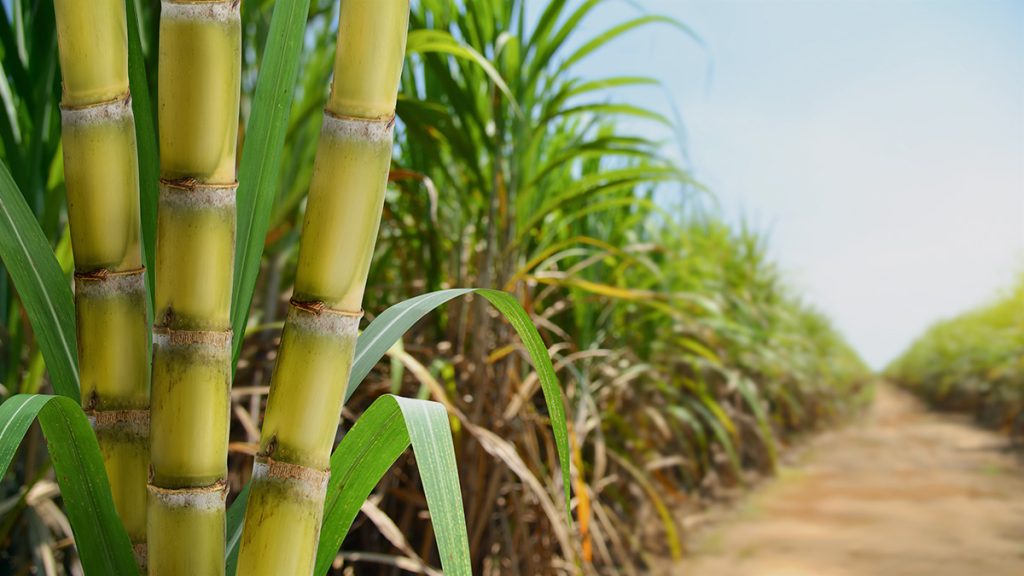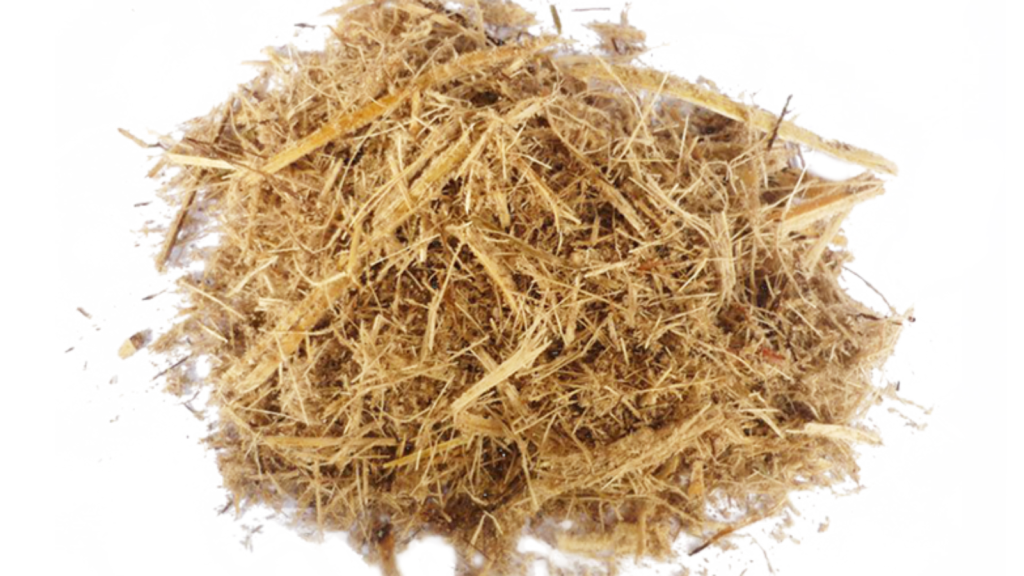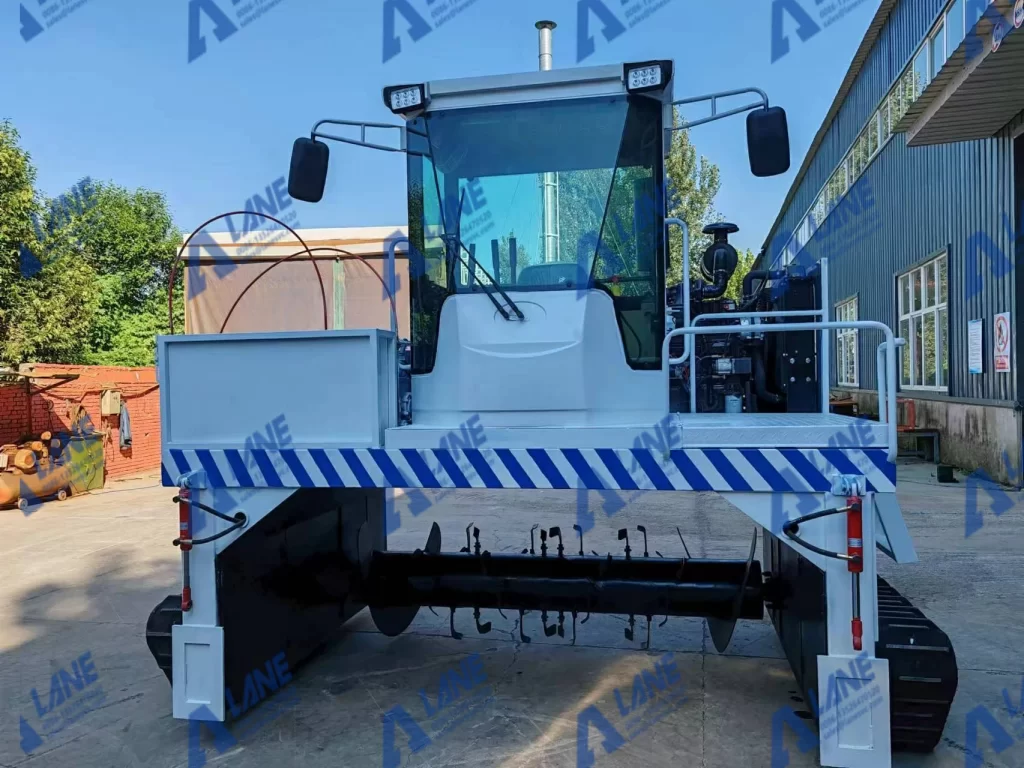In the global sugar industry, the total sugar production in 2017-2018 was 180 million metric tons. Sugar is mainly extracted from sugarcane (80%) and sugar beet (20%), which means that about 144 million metric tons of sugar needed to be processed from sugarcane in 2017-2018. Throughout the global sugar industry, sugar production has increased with the development of each country.

The development of the sugar industry will inevitably lead to an increase in sugarcane production. In 2015, global sugarcane production reached about 1.9 billion tons. The top ten sugarcane producers in the world are Brazil, India, China, Thailand, Pakistan, Mexico, Colombia, Indonesia, the Philippines and the United States. Among them, Brazil is the largest sugarcane producer with a production of 739 million tons, India is the second largest sugarcane producer with a production of 341 million tons, and China is the third largest sugarcane producer with a production of 125 million tons.
According to the survey, Indonesian sugar mills process 1,000-12,000 tons of sugarcane per day, and produce 8 million tons of bagasse and 11.5 million tons of sugarcane leaves. The treatment and post-processing of these waste byproducts of sugarcane has become a difficult task for sugar mills around the world.
In addition to producing sugar, sugar mills also produce a large amount of waste byproducts of sugarcane every year. From harvesting to final processing, there are four main waste byproducts of sugarcane: bagasse, dry leaves, bagasse mud, and sugarcane molasses.
Bagasse and leaves
Bagasse, also known as bagasse, is the waste fiber residue left after the sugar-containing cane juice is extracted from the sugarcane stems. For every 10 tons of sugarcane squeezed by the sugar mill, nearly 3 tons of waste fiber residue and leaves are produced. If these waste fiber residues and leaves are discarded, they will cause environmental pollution. Various studies have shown that waste fiber residues and leaves are rich in nutrients such as nitrogen (N), phosphorus (P), potassium (K), and calcium (Ca). Now in many countries, bagasse and sugarcane leaves have become the basic material source for composting sugarcane.

Pressed mud
Pressed mud, also known as sugar press mud (SPM), sugarcane filter cake mud, sugarcane filter cake mud, and sugarcane filter mud, is the residue after filtering sugarcane juice. Generally, for every 10 tons of sugar produced by a factory, 1 ton of sugar press mud will be produced. In 2011, the global production of fresh sugarcane press mud reached 30 million tons. The sugarcane industry discharges a large amount of press mud, which eventually pollutes the environment. A large number of research experiments and literature surveys have analyzed the effects of sugarcane press mud on crop yields and soil properties. Sugarcane press mud can be well used for composting sugarcane and producing organic fertilizer.
Sugarcane molasses
Sugarcane waste molasses is a high-concentration waste liquid left after sucrose crystallization. It is discharged as a waste product. Due to its large amount, strong acidity, and complex composition, direct discharge without treatment will cause serious water pollution. It is a non-toxic, biodegradable organic waste liquid containing a variety of organic matter and other trace elements. It has a high utilization value and is one of the high-quality raw materials for composting sugarcane.
Composting with sugarcane waste byproducts is becoming more and more common around the world. This helps the sugar industry reduce the storage problem of sugarcane industrial waste. Why can sugarcane waste byproducts be widely used for composting? Here are some reasons:
By composting sugarcane waste byproducts in large quantities, the processing burden of sugar mills is greatly reduced, and composting technology greatly reduces environmental pollution and realizes resource utilization.
Sugarcane waste molasses contains a variety of chemical elements such as N, P, K, Fe, Zn, Mn, Cu, etc., which can improve soil structure, increase soil organic matter, promote soil permeability, and improve crop quality and yield.
When it comes to composting technology, many methods are widely adopted, such as strip composting, container composting and other indoor composting methods. In this section, we will introduce the process of composting sugarcane waste byproducts.
Treatment of sugarcane waste byproducts
Wind composting is suitable for producing large amounts of compost and is usually used for industrial-scale composting of sugarcane waste byproducts. All bagasse and leaves, press mud and sugarcane waste molasses can be used as raw materials for composting. However, these sugarcane industrial wastes must be processed before windrow composting.
Bagasse and leaves must be chopped into small particles so that more microorganisms can effectively process the sugarcane waste and the degradation rate will be faster. If they are not chopped, the composting process will take a long time. Then, the chopped sugarcane waste byproducts must be gathered together and transported to the composting site. At this time, a crusher is needed to help you. The crusher produced by LANE can help you complete the crushing process quickly and efficiently, realizing the first step of composting sugarcane waste.
Compost preparation
Sugarcane waste byproducts are transported to the composting site and mixed with animal manure and straw. Animal manure and straw are indispensable components of composting sugarcane, which have the effect of reducing the C:N ratio of compost. Generally, 500kg of fresh animal manure and straw are added for every ton of sugarcane waste byproducts produced. After mixing, the sugarcane waste byproducts are composted in rows in the composting yard.
Composting process
It is well known that good ventilation conditions need to be maintained during the composting process so that the compost can obtain suitable temperature and humidity. Especially in the process of large-scale composting of sugarcane industrial waste, compost turners play an important role in the strip composting process. During the strip composting fermentation process, users should use compost turners to turn the sugarcane industrial waste in time, which can accelerate the process of composting sugarcane.
The compost turners we provide are very suitable for composting sugarcane industrial waste and other industrial wastes. We can provide customers with a variety of types, such as self-propelled strip compost turners, crawler compost turners, etc. With the help of compost turners, the process of composting sugarcane industrial waste will become faster.

If you want to know more about composting technology, please feel free to contact us.
Henan LANE